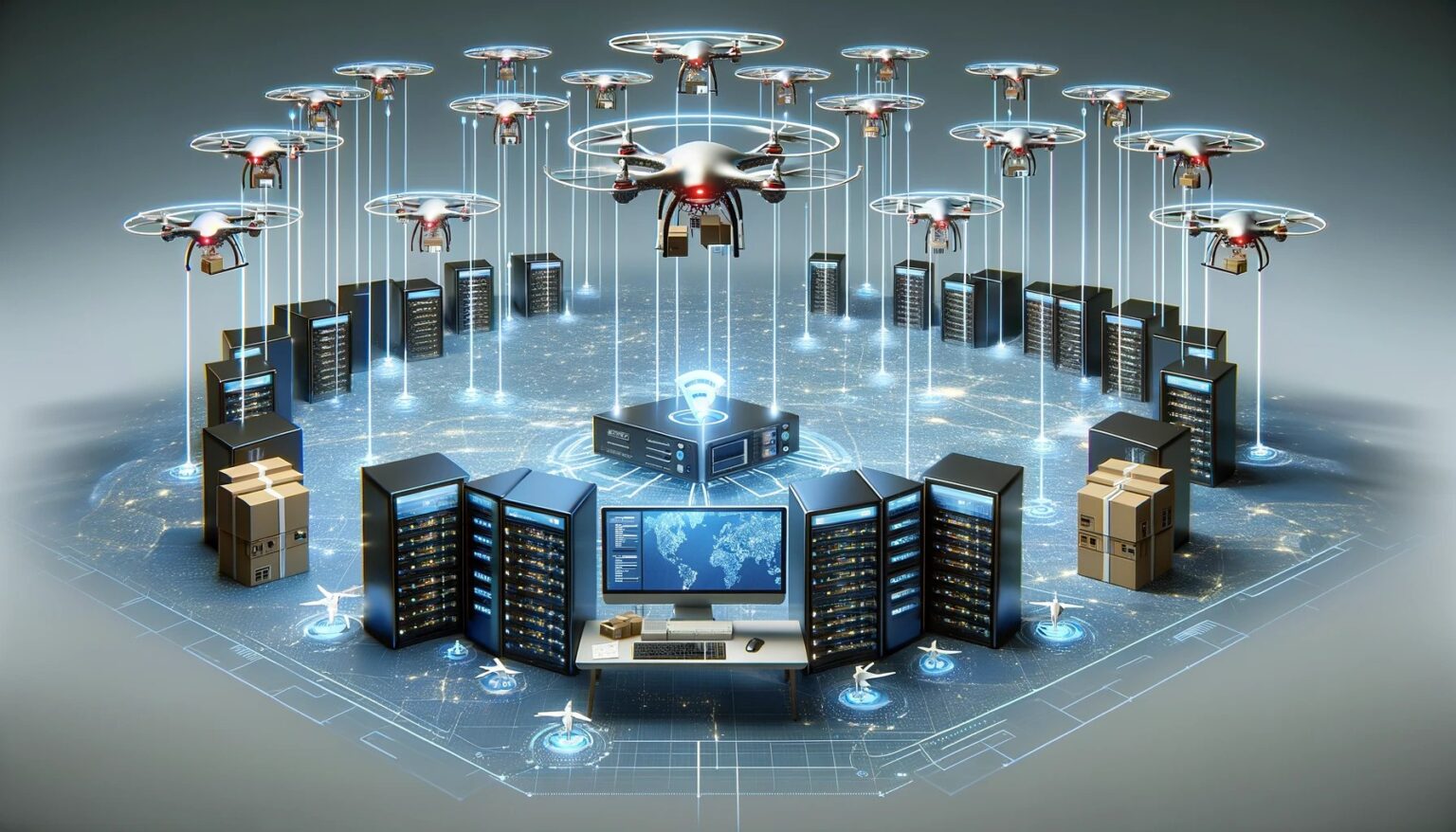The Internet of Things (IoT) seamlessly integrates physical objects into the digital ecosystem, enhancing connectivity between the physical and cyber worlds. Central to this integration is IoT device management, which ensures that IoT devices operate efficiently, securely, and reliably. It involves processes and technologies for authenticating, provisioning, configuring, maintaining, and diagnosing devices throughout their lifecycle. With the exponential increase in connected devices, managing these devices effectively has become crucial for the functionality and security of any IoT ecosystem.
The Evolution of IoT Device Management
IoT device management has evolved significantly since the inception of the Internet of Things. In the early days, IoT devices were managed manually, with limited connectivity and functionality. This approach was feasible when the number of devices was small, but as IoT applications expanded into industrial, healthcare, and consumer sectors, the need for scalable, automated device management solutions became apparent.
The development of standards such as MQTT, CoAP, and LwM2M marked a pivotal moment in IoT device management, facilitating more secure and efficient communication between devices and management platforms. These protocols enabled the remote management of devices, including firmware updates, configuration changes, and monitoring, thus laying the foundation for the next generation of IoT device management solutions.
Current State of the Art
Today, IoT device management platforms offer a comprehensive suite of tools and capabilities to address the challenges of managing vast arrays of IoT devices. These platforms provide functionalities such as:
- Device Authentication and Provisioning: Ensuring that only authorized devices can connect and communicate within an IoT ecosystem.
- Configuration and Control: Allowing for the remote adjustment of device settings and behaviors.
- Monitoring and Diagnostics: Enabling the real-time tracking of device health and performance, as well as the remote diagnosis and correction of issues.
- Software Updates and Maintenance: Facilitating the deployment of firmware and software updates to enhance functionality and address security vulnerabilities.
One standout example in the IoT device management space is Coiote by AVSystem. Coiote is a comprehensive IoT device management platform designed to handle the entire device lifecycle. It supports industry-standard protocols such as LwM2M, offering features like zero-touch provisioning, advanced diagnostics, and firmware over-the-air (FOTA) updates. Coiote exemplifies the advanced capabilities needed to manage IoT devices at scale efficiently, securely, and reliably.
The Future of IoT Device Management
The future of IoT device management is poised for transformative changes, driven by advancements in artificial intelligence (AI), machine learning (ML), and edge computing. These technologies promise to introduce greater automation in device management, enabling predictive maintenance, enhanced security, and self-healing systems. AI and ML algorithms will analyze device data in real-time, predicting failures before they occur and automatically applying security patches to address vulnerabilities. Moreover, as IoT devices become more intelligent and autonomous, edge computing will facilitate local data processing, reducing latency and bandwidth usage while enabling more sophisticated on-device analytics.
Examples of Current Solutions and Technologies
Besides Coiote by AVSystem, the market offers several notable IoT device management solutions, each with unique features catering to different industry needs:
- Microsoft Azure IoT Hub: Provides a cloud-hosted solution for device management, enabling secure device-to-cloud and cloud-to-device communication, along with monitoring and analytics.
- AWS IoT Core: Offers a managed cloud service that lets connected devices easily and securely interact with cloud applications and other devices.
- Google Cloud IoT Core: A fully managed service to easily and securely connect, manage, and ingest data from millions of globally dispersed devices.
Interesting Facts and Statistics
- By 2025, it’s estimated that there will be over 75 billion IoT devices worldwide.
- A study found that IoT could generate up to $11.1 trillion a year in economic value by 2025.
- In 2023, the average cost of an IoT security breach was estimated at $300,000.
What’s Next for IoT Device Management?
IoT device management stands as a cornerstone of the IoT ecosystem, pivotal for its growth, scalability, and security. As technologies evolve, IoT device management solutions like Coiote by AVSystem are set to become even more sophisticated, leveraging AI and edge computing to offer unprecedented levels of automation and intelligence. The future of IoT device management is bright, promising to unlock new efficiencies, capabilities, and opportunities across all sectors of the economy.

